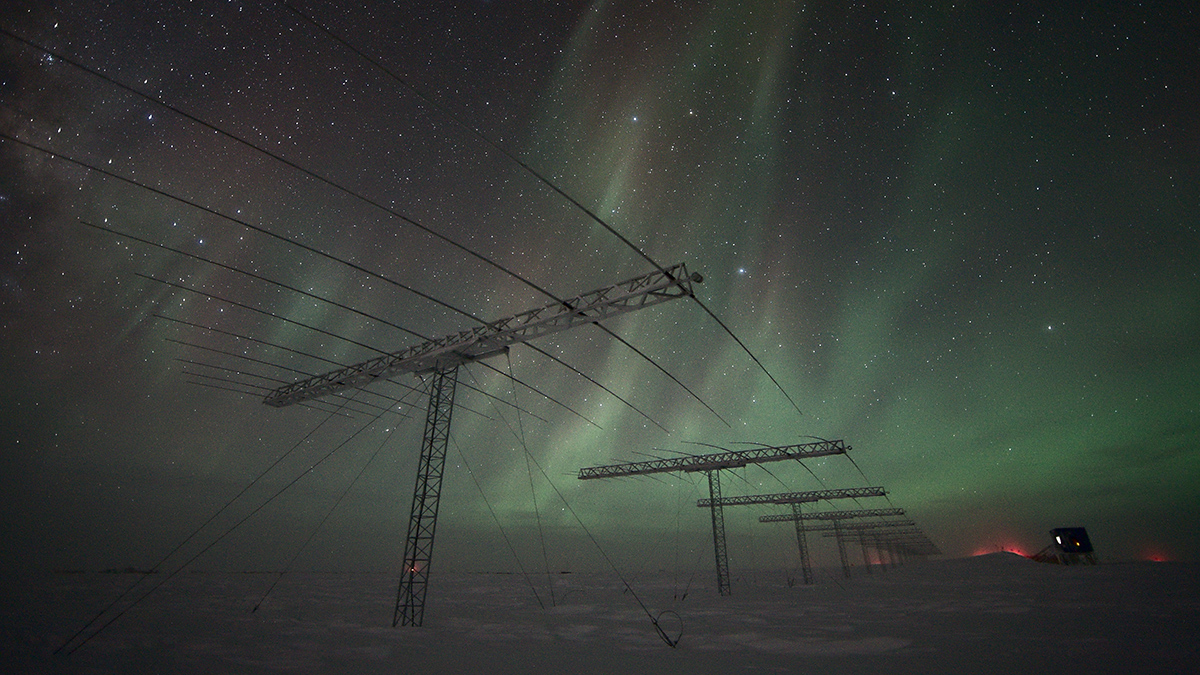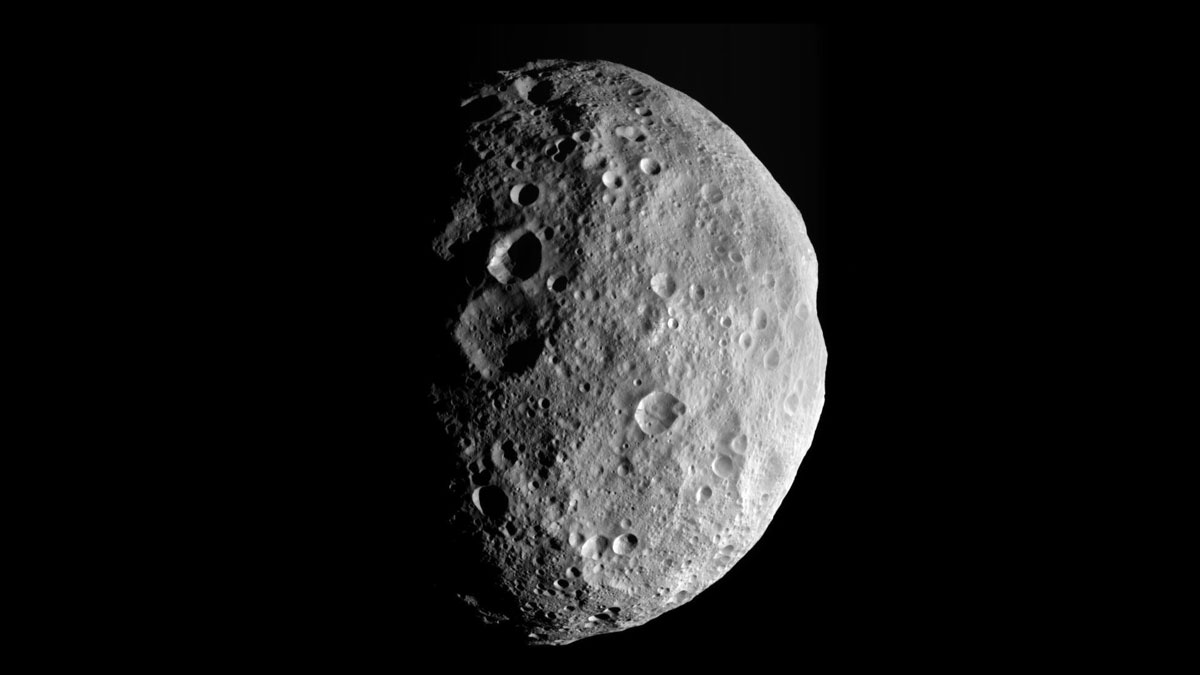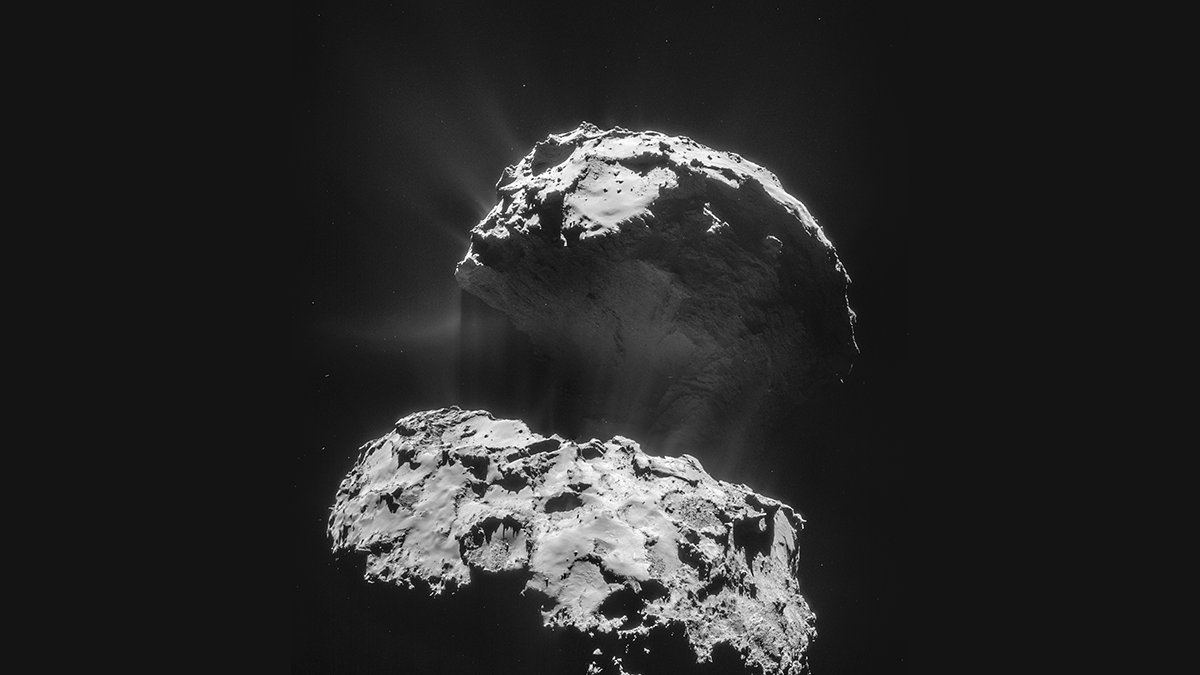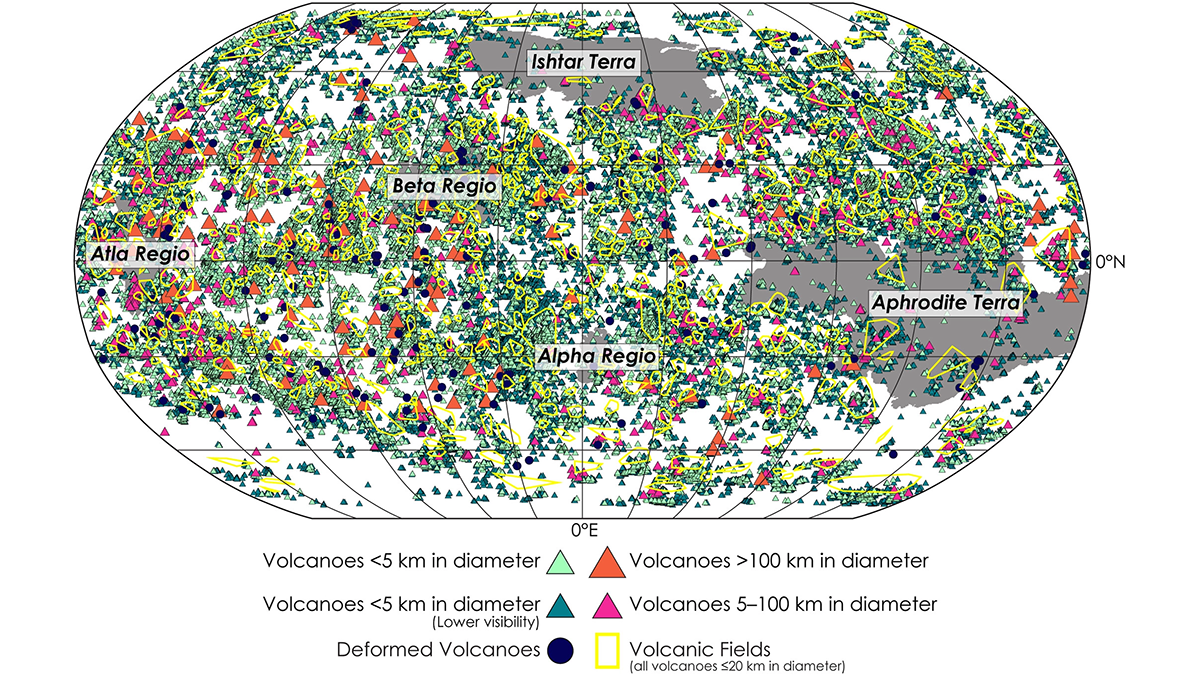This could be bad news for satellites and spacefarers.
ESA
Martian Dust Devils Reveal Dynamic Surface Winds
A new wind map covering the whole of Mars includes some of the fastest winds ever detected on the Red Planet.
The Late, Great Gaia Helps Reveal Asteroid Masses
Astronomers are using data from the recently decommissioned star-mapping satellite to help determine masses and more accurate orbits of celestial bodies closer to home.
Watching a Solar Event from All Angles
A fleet of spacecraft captured unprecedented details of the major solar outbursts in May and June 2024.
Five Martian Mysteries That Have Scientists Scratching Their Heads
Despite centuries of study and many spacecraft visits, the Red Planet still holds secrets. Here are just a few.
Dancing Dust on Comet 67P/Churyumov-Gerasimenko
Cometary activity moves sediments over the surface of 67P/Churyumov-Gerasimenko, with long-term sinks near the poles of the comet.
A New View of Volcanism on Venus
Researchers present the most comprehensive catalog of Venusian volcanic edifices to date, providing new knowledge of the geological evolution of a relatively understudied planet.
Galaxy Mapper Tracks Asteroids Closer to Home
The Gaia mission’s asteroid survey will help dig deeper into the solar system’s rocky history.
Wanted for Grand Theft Galaxy: The Milky Way
Several dwarf galaxies orbiting the Milky Way were likely stolen from the Large Magellanic Cloud.










